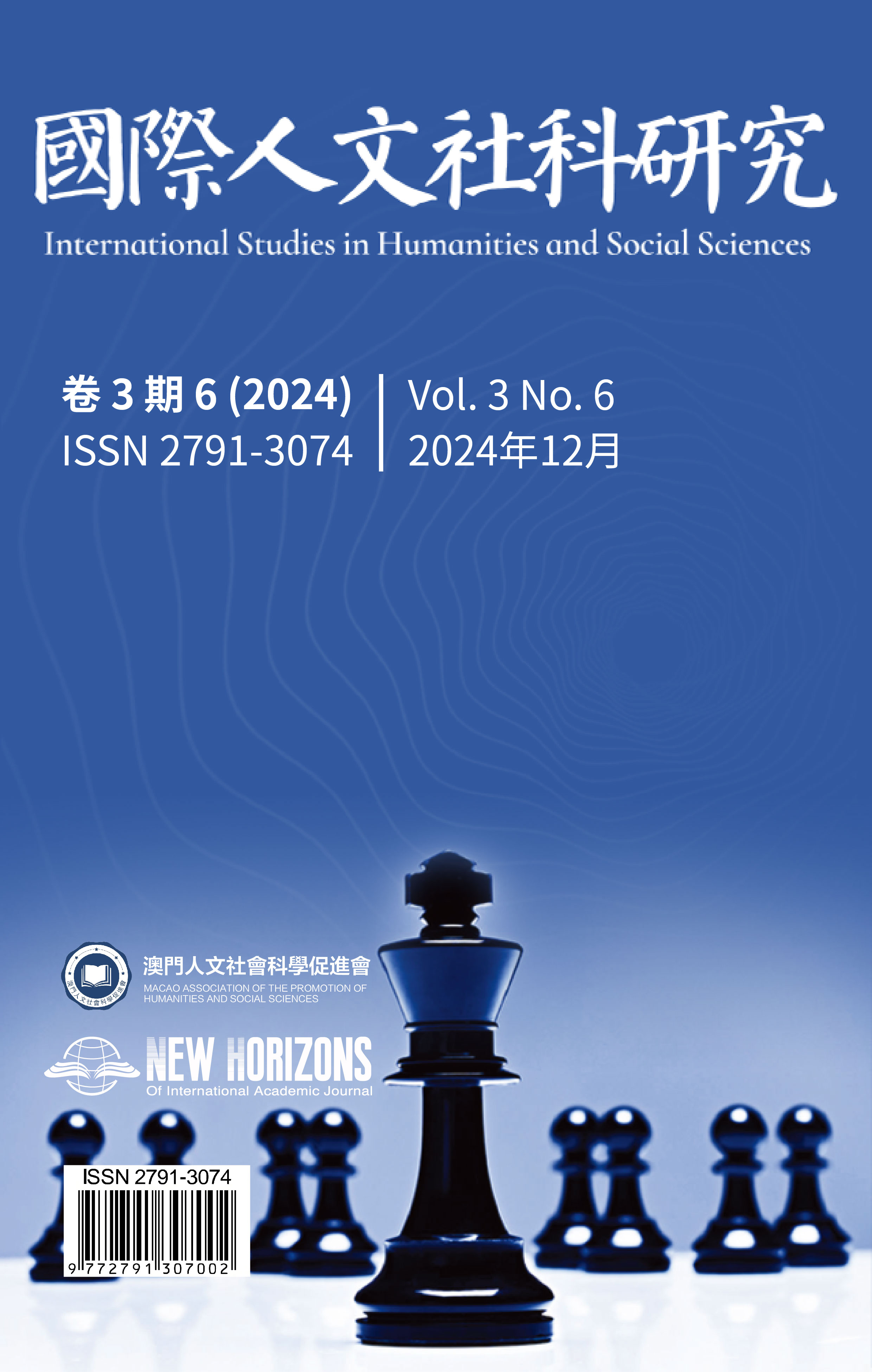Research on Stock Contraction and Capital Reduction in the Process of Face Value Delisting
DOI:
https://doi.org/10.63944/3mzhna25Keywords:
面值退市;股價自救;縮股減資;退市救濟Abstract
The “Face value delisting” refers to the regulatory phenomenon where a stock exchange decides to terminate the listing of a company’s stock when its price falls below its par value.As a common type of compulsory delisting, face value delisting has a longstanding history of practice in mature capital markets abroad. In recent years, face value delisting has become increasingly frequent in China’s securities market. Assessing the self-rescue actions undertaken by listed companies facing delisting, and evaluating the legality and reasonableness of such actions, concern not only the fundamental justifcation of the whole delisting system, but also the authority of delisting regulations of China.The legal essence of the stock contraction and capital reduction is the exercise of the corporate autonomy, while the economical essence of such is an internal adjustment of among shareholders’ accounts. This mechanism is able to serve as a means for listed companies to rescue their stock prices. However, “emphasis on ‘theme speculation’ while neglect value investment” is a deep-rooted chronic disease of Chinese capital market, which has to be well considered when expanding stock contraction and capital reduction in its application. Efforts should also be made to restrain listed company to earn proft from speculation and arbitrage through stock contraction and capital reduction, particularly to prevent poorly performing companies from engaging in regulatory arbitrage or evading delisting sanctions.By doing so, consistency and authority in application of laws could be achieved, and legal interests protected by company law and the laws of securities would be balanced.
Downloads
Published
Issue
Section
License
Copyright (c) 2024 International Studies in Humanities and Social Sciences

This work is licensed under a Creative Commons Attribution 4.0 International License.
版权所有 (c) 2025 國際人文社科研究
本作品采用知识共享署名 4.0 国际许可协议授权。









